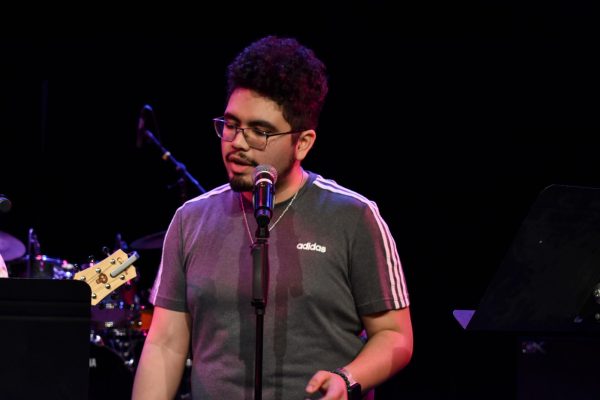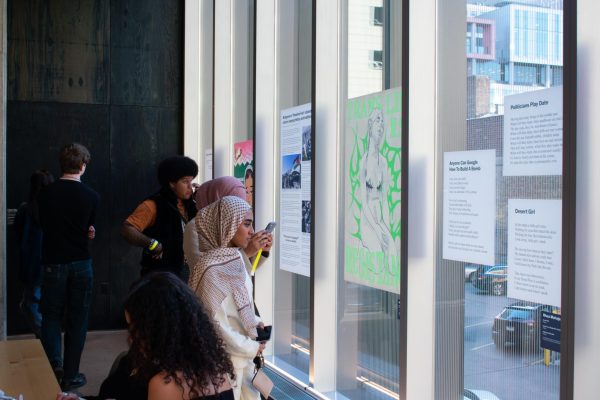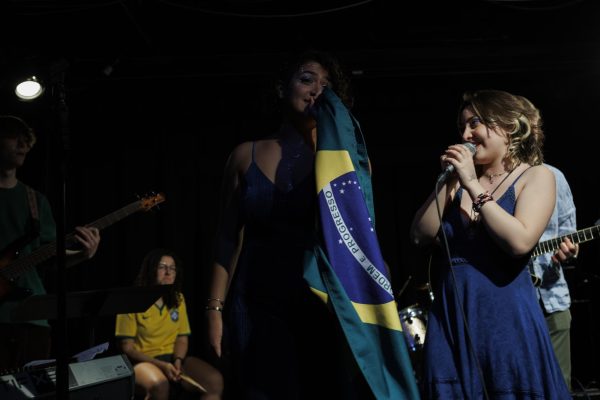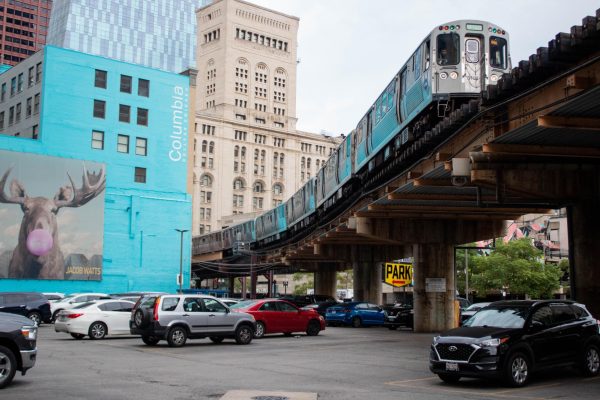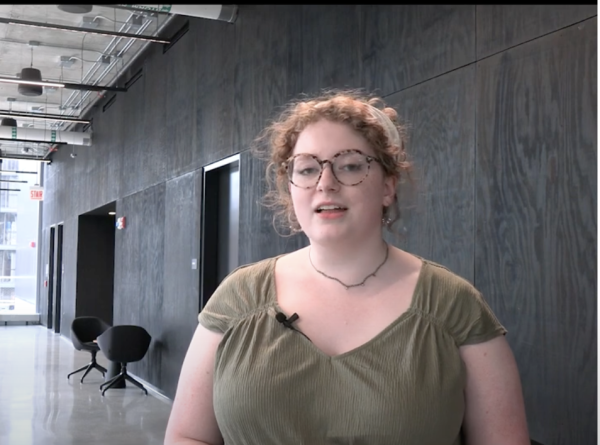Seminar of success
October 12, 1998
Sylvia Barragan
Staff Writer
The students all came shuffling in one by one but these weren’t ordinary Columbia college students. The students who gather every Monday in room 504 of the Wabash building are part of a special seminar for public high school teachers. The program, “Hands-On, Mind-On, Feet-on Science and Mathematics Enhancement Seminars: A Road to Success,” is funded by a $1 million grant from the Chicago Public High Schools and is run by the Columbia College Science Institute Department.
“We show teachers how to present material so their students recognize that chemistry, math, physics and biology are part of everyday life,” says Lee Sennholtz, the physical science coordinator for the seminars.
The Columbia College Science Institute offers a series of twenty free seminars on a variety of topics such as mathematics, biology, chemistry, physics, and earth science. Seminars meet about once a week for three hours and run until June of 1999. Sometimes, teachers must meet outside of the scheduled time for speakers or other special projects, but the program is set up to coincide with the Chicago Public School schedule.
Teachers earn three Lane Promotion credits by taking one of these seminars. Lane Promotion credits allow teachers to improve their salaries by taking seminars such as these or taking college level courses depending on their contracts.
According to Mary Slac, the Biology coordinator for the biology seminar, the Science Institute stresses active learning in the classroom. This program is set up to give teachers a hands-on approach to teaching certain topics within math and science, and these lessons also take into consideration classroom time and space.
For instance, one of the math seminars concentrates on the use of blueprints to teach high school students proportions. Seminars are set up so that teachers go through a project together and then discuss the forms in which they can apply these projects to their own classrooms.
“I am always looking for new ideas. Hopefully these techniques make the old new and alive, ” says Wayman Stewart, a teacher from Curie High School, about why he joined the program.
Teachers eager to use what they learned in the seminar may borrow equipment from the Science Institute. Coordinators like Slac are willing to go back into the high school classrooms to help teachers put their lessons to use.
Besides scientific and mathematical equipment, teachers can also take advantage of the visualization lab which allows them to work with computer programs like macro and photo shop. They can take up almost any project they would like to work on with these programs as long as they reserve computer time in the lab. Teachers also receive a newsletter that keeps them up to date on equipment availability, and events that may concern them.
According to Jim Hunttan, one of the program coordinators from the Science Institute, the seminars which started in March of 1998 have been fine-tuned over the summer. The institute has modified some of the classes to meet with the Chicago Academic standards which are based on high school curriculums and textbooks.
Throughout the summer, representatives from the Science Institute visited over 80 high schools throughout the area to promote the “Hands On…” program. They have been registering teachers throughout the summer and answering any preliminary questions they may have had.
The teachers, who started their first seminar on Oct. 5, all seemed excited by the advantages that this seminar will grant them when it comes to hands on teaching. Marie Webb, a teacher for the past 23 years, said, “Trying to motivate this generation is hard. I call them the “Instant Generation” because they get so many things in an instance. Students have a different way of thinking, they don’t want to apply themselves. Hands-on lessons are very important. Its always refreshing to find new ways of teaching certain subjects.”



